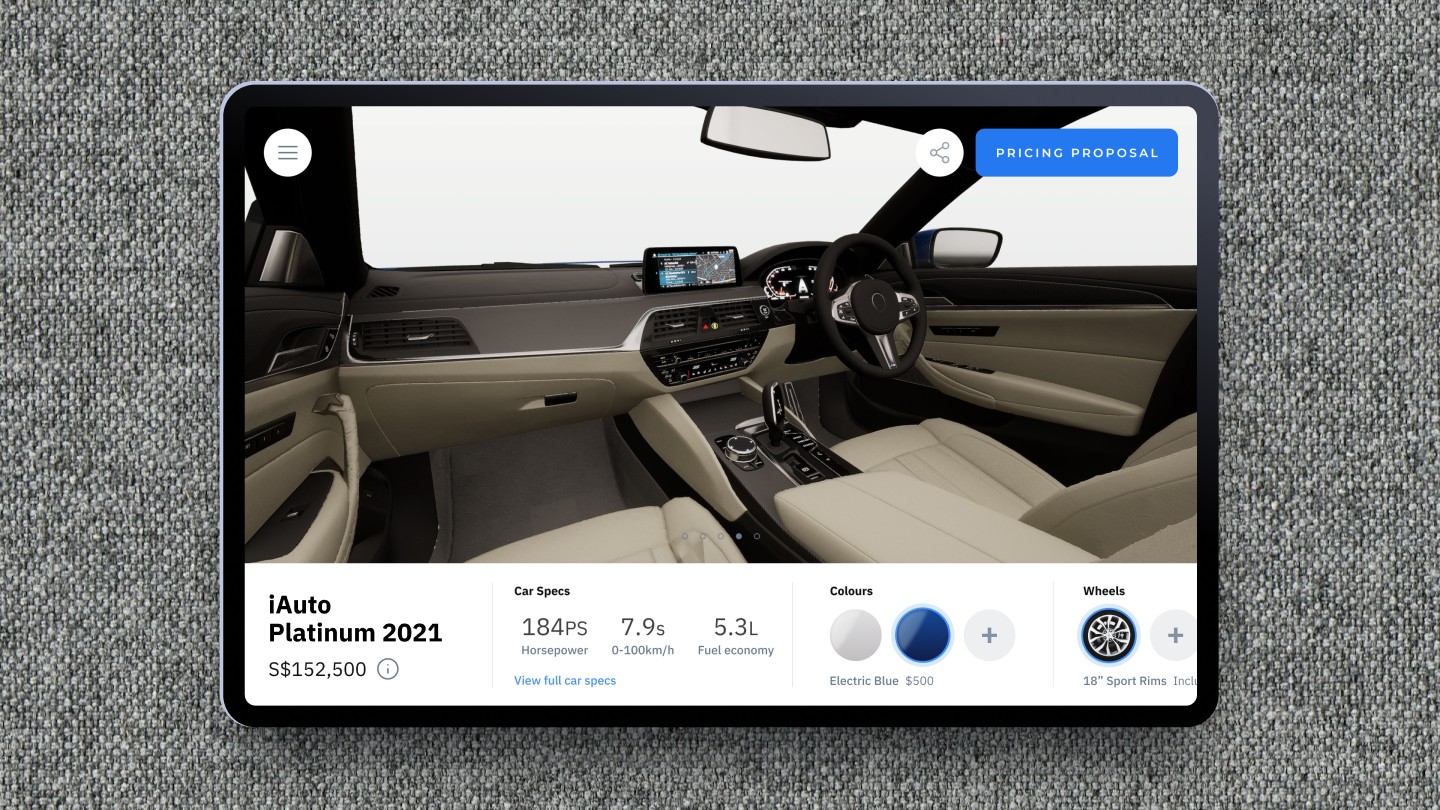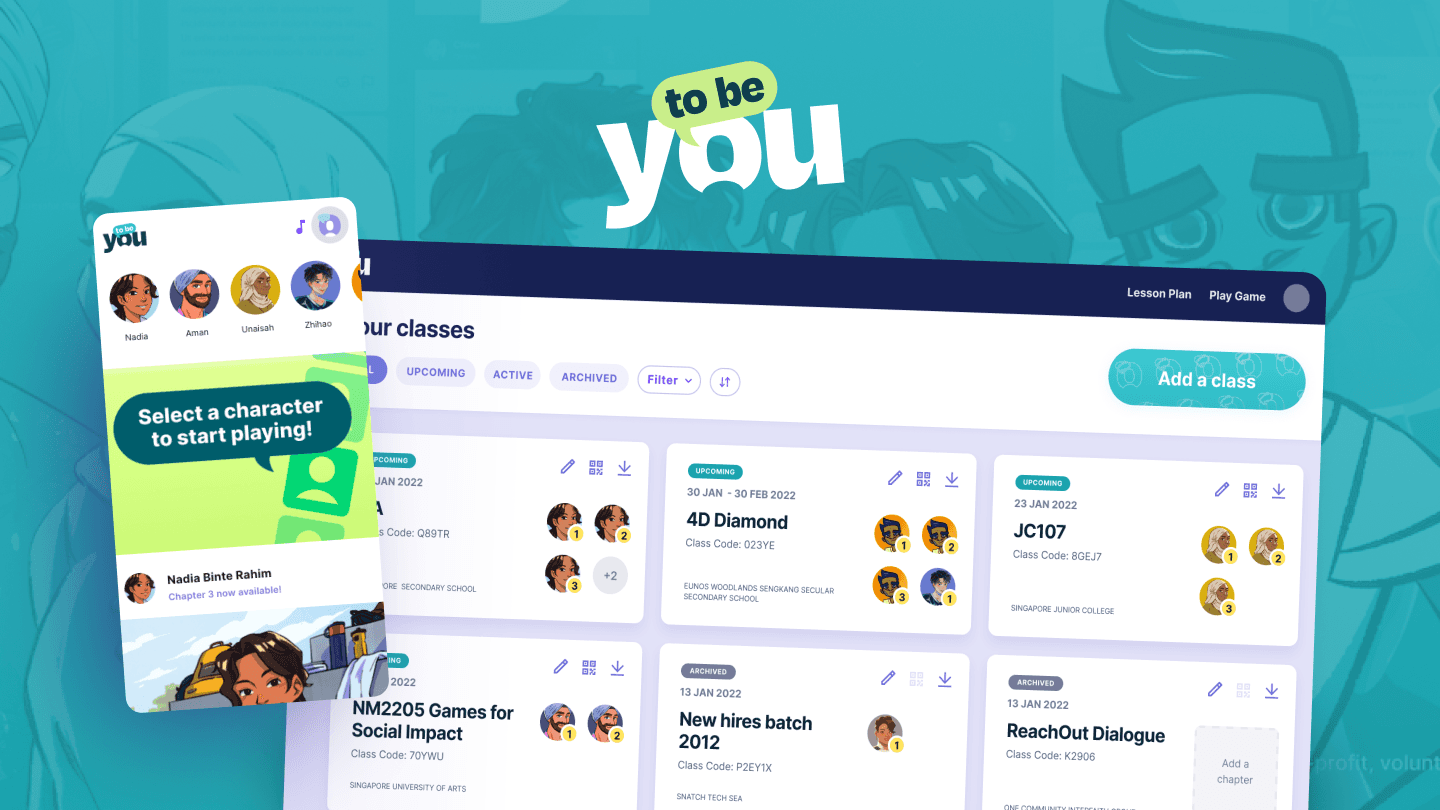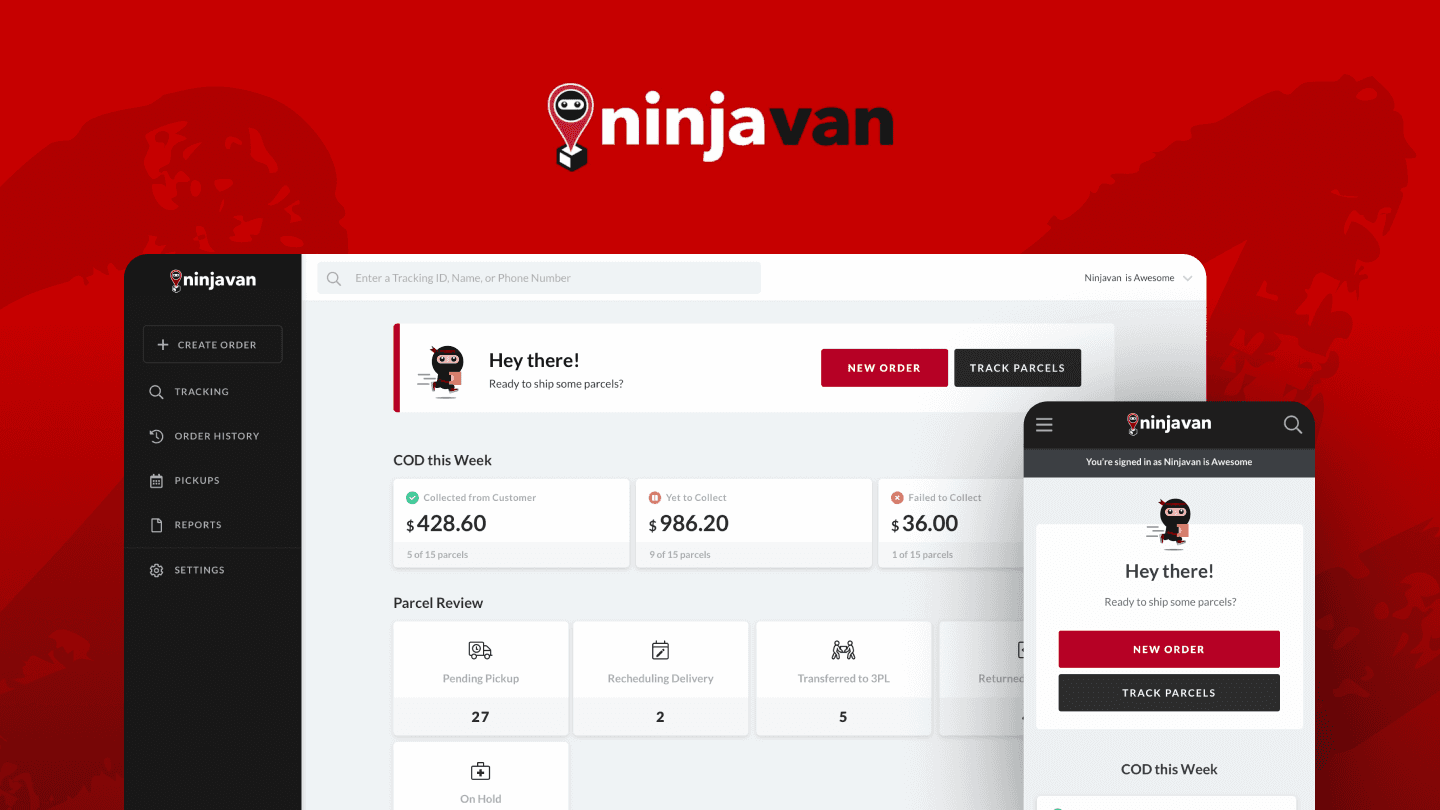Prototyping a VR enabled workflow for designers
WHAT WE SHIPPED
This is an ongoing personal project.
So far, a POC demo has been completed. It demonstrates a way to prototype and usability test a wayfinding system in VR.
My Role
This is a personal project. I did everything from research, concept, scripting, to design.
Context
Wayfinding and Signage design is a design discipline focused on helping people make sense of their surroundings and navigate a space.
Wayfinding designers typically work with architects and developers to design the wayfinding system of a site as it is built.
Problem
Wayfinding designers often design while a site is concurrently being built and must finish before the site is ready. Thus, they seldom get the opportunity to see their designs in-context and onsite.
To counter this, wayfinding designers make best guesses from site plans. But when predictions are wrong, faulty systems are costly and difficult to replace. Moreover, material performance in different environments, lighting, weather conditions, and differential user abilities make the task even more challenging to get right.
My goal is to introduce a workflow that enables designers to create and test their designs with real participants in VR with a digital replica of the site.
Improving the Wayfinding Design process
For the first iteration of this project, I interviewed a few friends who work in wayfinding design to have an understanding of their workflows and opportunities for improvements.
From there, I brainstormed solutions, identified features, and cut them down into various releases dependent of user feedback.
As part of prototyping the workflow to ensure it worked, I created a demo site loosely based on the University of Manchester because (1) I wanted to test the limits of the engine, and (2) experience the workflow so that I could optimise it.
This process gave me a clear understanding of the difficulties and missing gaps designers would face. For instance, I realised I needed to also provide environment assets like skyboxes, greenery, and roads. All these learnings will be incorporated into future iterations and implementation.
Designing for Easy Adoption
Convincing people to adopt new technologies is a challenging task. From the interviews, I identified price, ease of adoption, and change in mindsets as important factors to address.
To keep the solution price-accessible, I designed my solution in the free-to-use game engine Unity, and ensured it worked on the cheapest headset on the market: the Oculus Quest 2. At the price of USD $399, it is the price of a tablet - an expense most design studios would consider as reasonable.
Ease of adoption is a difficult challenge for this project because of the complexity of the software involved. Unity - coupled with VR - are very daunting for new users. One of the ways I plan to solve this is designing my solution to be plug-and-play, with very little effort/learning needed from users.
With my solution, most of the heavy lifting has been done for users, while the parts designers would want creative control over are easily accessible in a centralised location.
Minimising the Cognitive Load of Testers
Given that the goal was to allow users to focus on testing the wayfinding system, it was important to keep testers' cognitive load as low as possible. This meant that the interactions had to be intuitive and easy-to-learn even for new users of VR.
As such I designed an interaction model with a clear split between active/dominant hand and the supplementary hand. Vital task information was placed permanently on the non-dominant hand's controller so that users could hide or show them easily without having to learn additional controls.
Interaction patterns were also heavily based on mainstream tech conventions to minimise the learning curve. Interactions were mainly point/hover-and-click rather than triggered with controller controls
Encouraging testers with Look-and-Feel
While users are free to customise the look-and-feel of the UI shown to testers, the UI that is provided out-of-box from my solution was deliberately chosen to balance the needs of architectural studios and the emotional needs of testers.
While architectural firms tend to favour a modern minimalist style, it was important to have the interface be welcoming and encouraging so that users who are new to VR would not be intimidated. The upbeat tone also lightens the stress participants tend to feel about testing and possible task failure.
Next Steps
This project is still ongoing, and I am seeking more feedback and market validation from more wayfinding designers as well as architectural firms. This iterative build/release method was deliberately chosen to ensure I don’t waste time building features that don’t have impact on the user’s experience.
I am currently preparing the github and necessary documentation. When it is ready, and if you have a VR headset with Unity installed on your device, you should be able to download the POC project and view it locally.














